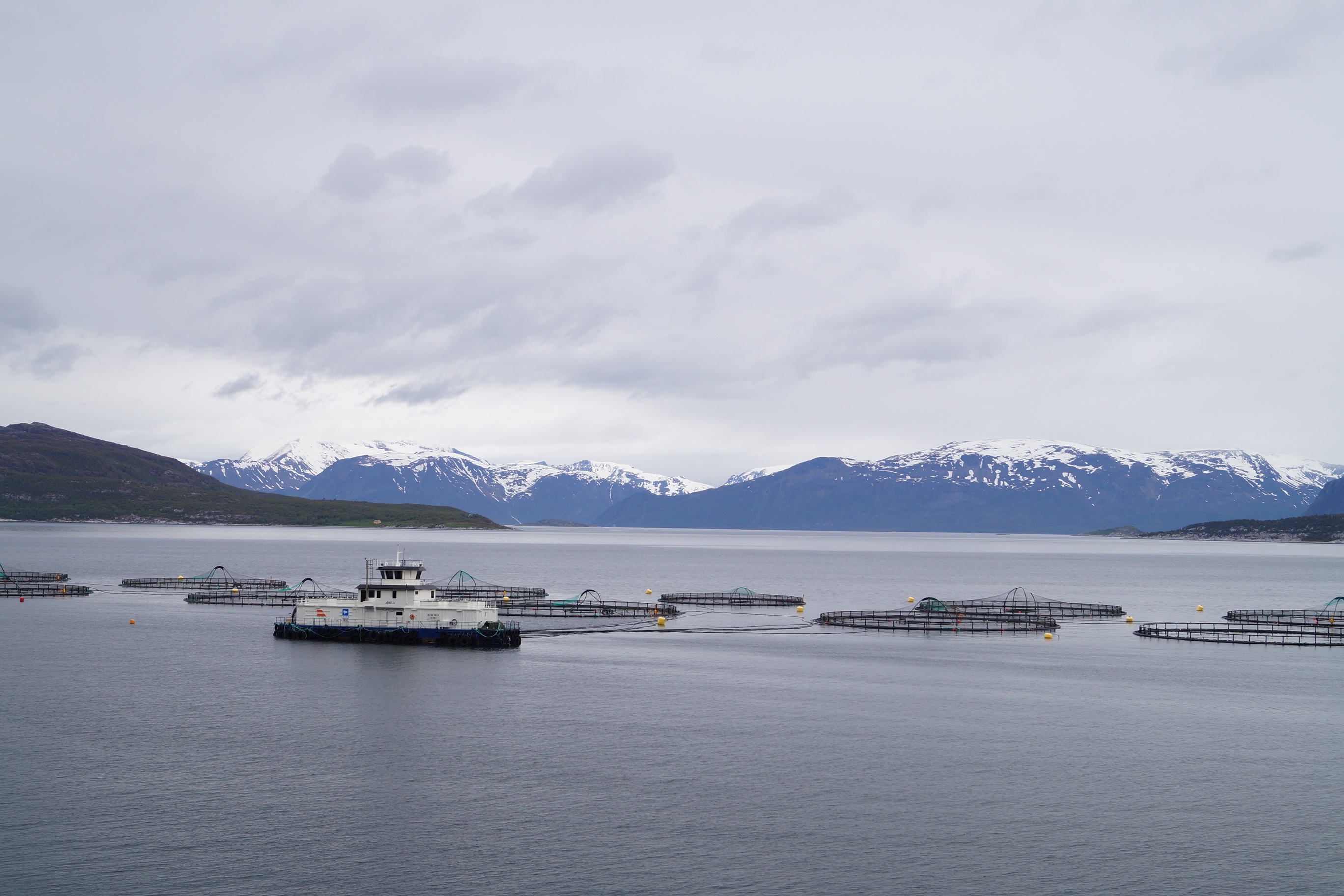During my Ph.D., I focused on modelling populations that exhibit rapid responses to environmental change. I sought to understand the consequences of trait change due to evolutionary and plastic responses in changing environments, developing theory on population dynamics resulting from these processes.
Much of this theoretical work was in collaboration with Luis-Miguel Chevin as well as my Ph.D. supervisor Marissa Baskett (UC Davis Population Biology).
These interests also extend back to my my Master’s research, which focused on the ecological and evolutionary dynamics of sea lice and salmonids with Mark Lewis at the Centre for Mathematical Biology at University of Alberta. I have continued these interests, recently publishing with several collaborators at UBC on evosystem services potentially provided by salmon farms (“Wild salmon sustain the effectiveness of parasite control on salmon farms: conservation implications from an evolutionary ecosystem service” Conservation Letters).
